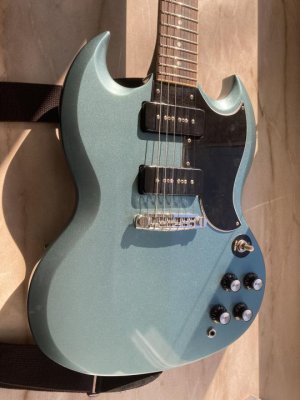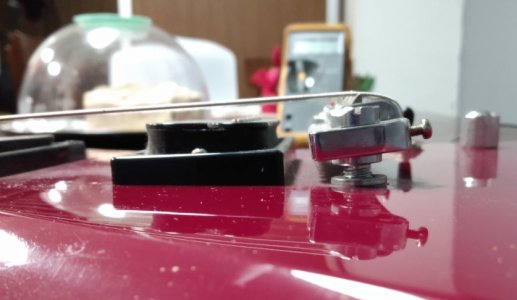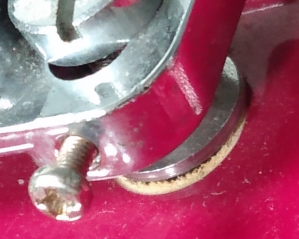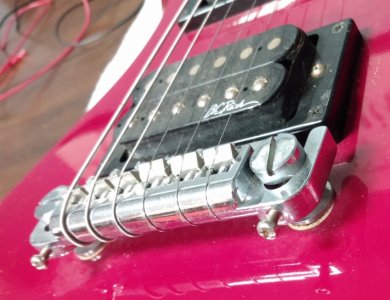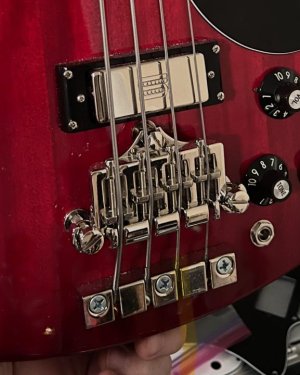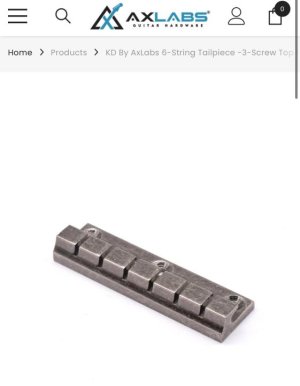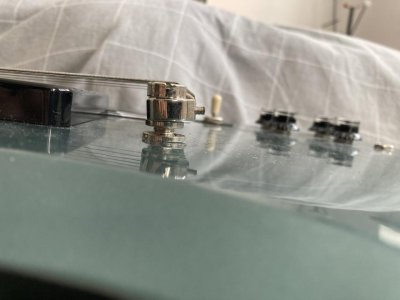A few points:
Yes, the intonation can be approximate, though for many close enough for rock'n'roll, and if you don't play expensive chords, especially up the neck, it might be fine. I find with the Epiphone lightning bar used nowadays has the treble strings raked forward too much, don't know why they did this.
Bot the plain and lightning bar versions are from an era of fat strings, so these days, if you're using 9s, for instance, the geometry makes it that the high E may not couple with the top of the bridge, so you get sitaring and pinging when you bend. A lot of people end up replacing those old Jr plain tailpieces at this point since they're worn out. If you use 10s or heavier, will probably be
Most of them (including Gibson ones) are made so the slot in the studs has a bit of a gap when everything is installed, causing it to lean forward under tension. This can exacerbate the aforementioned issue with the thinner strings. Over time, they can also collapse, like Artie's. In the old days, people would snip washers in half and jam them in the gap between the tailpiece ear and stud to try to reduce the angle.
My SG had this problem out of the gate, but I planned from the beginning to replace the whole thing.
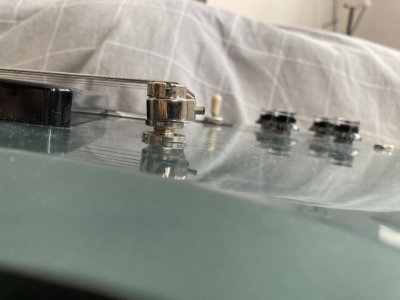
My preferred solution for a wraparound is a version that can be fully intonated and with locking studs, so there's no leaning and it doesn't fall off when all the strings are off. I installed a Stewmac Golden Age/Faber Wraptonate and it's sweet (I replaced the bushings in the body also). There are plenty of options, like ToneProse, ABM, Schaller Signum etc.
